
1998_1
Lisa Tilder
A TEMPORARY BUILDING IN WALL STREET: Shifting Place
PLACE
2The idea of place as relating to a specific moment in time and space is increasingly becoming a difficult concept. "Place" recalls a historical situation, a site with physical, cultural and social boundaries, a physical "center" bound by matter within an instance of time. Place is grounded in materiality. The introduction of electronic and other disembodied technologies such as cellular telephones, fax machines, computing technologies and the virtual communities which they foster have begun to break down the significance of the physical realm. Does the new electronic world strip the significance of our physical realm, or might digital technologies contribute to a heightening of physical space and a greater understanding of place?
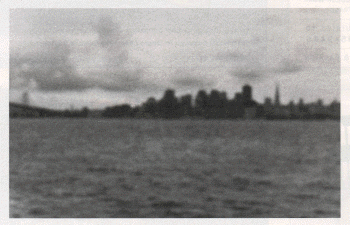
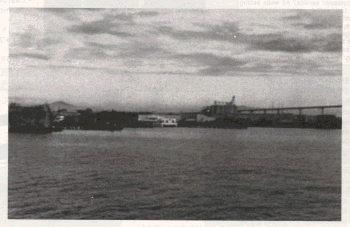
3The photographs of New York artist Jocko Weyland explore a collapse of physical distance, as visions of vanishing identity are framed to reveal a viewpoint from which all cities begin to become one.1 These photographs express the homogenization of place as the city and its inhabitants are neutralized by consumer culture; Welcome to Coca-Cola, Bienvenue Calvin Klein.
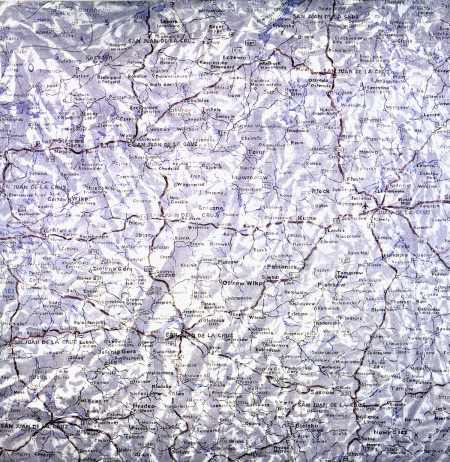
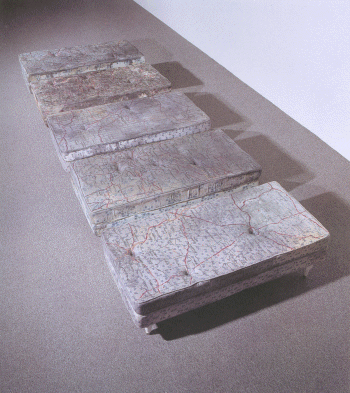
4The averaging of cities brought about by technological advance and commercialism has affected not only the physical make-up and understanding of the city, but our self-identification as well; the blurring of physical boundaries alters our collective consciousness. Cultural and Political change creates a constant state of flux: countries divide, boundary lines change, places are reborn. The Argentinean artist Guillermo Kuitca maps the ambiguity of place onto the intimate space of the individual through a superimposition of altered city maps onto mattresses.2 In his Burning Beds series, both physical distance and cultural identity are reconfigured, as fictional cities replace real ones. In one painting, a city called San Juan de la Cruz arbitrarily replaces all of the major cities of Poland.3
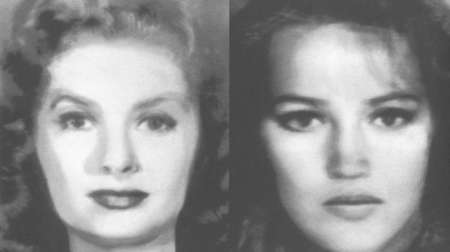
5Nancy Burson’s conceptual photo works explore a similar theme of identity and transfiguration, as is exemplified through her digital compositing of faces.4 Beauty as represented through a law of averages is depicted within a comparison of 1950’s and 1980’s ideal beauty standards: a composite model of Bette Davis, Audrey Hepburn, Grace Kelly and Sophia Loren is compared to the morphing of Jane Fonda, Jacqueline Bisset, Diane Keaton, Brooke Shields and Meryl Streep. Burson’s faces also raise important cultural identification issues, as in Three Major Races, where a composite face is brought about through the morphing of the three dominant races of the world: Asian, Caucasian and Black.
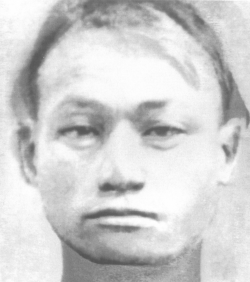
6Burson’s photos question the new ambiguity of the original work of art as described by Walter Benjamin in "The Work of Art in the Age of Mechanical Reproduction." 5 How does the original work of art, which is born within a specific context of time and place change in a world in which the digital image proliferates? As the masterpiece and grand master become outmoded concepts, the clone, morph and copy recreate the concept of originality.
ORIGINAL
7Artist Sherrie Levine investigates the validity of the original work of art through the creation of series of works after other artists, in which she seemingly removes her hand from the work in order to pose important questions: Does re-photographing original photographs made by other artists count as an original work of art itself? Does re-drawing or "copying" a masterpiece painting count also as an original? The authenticity of the copy begins to challenge the possibility of the concept of the original itself. Levine’s work begins to posit questions which will become increasingly necessary and relevant in an increasingly digital age6.
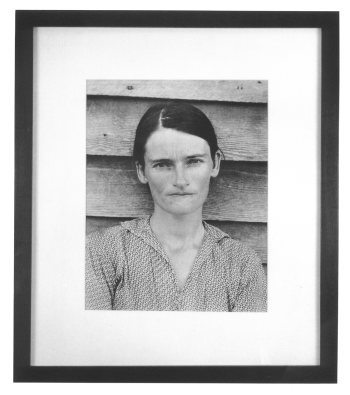
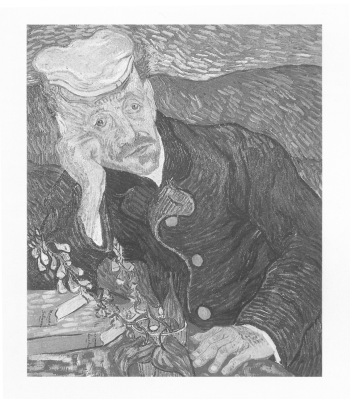
8Loss of identity, coupled with the need for authenticity has helped to create false "original" histories across the American landscape. America’s chronic nostalgia or "homesickness" has fueled many of the so-called "modern" references to past Americana within housing and new city planning. Disney’s pervasive success in recreating a fictional American narrative is perhaps the best example of this phenomenon.7 Walt Disney was perceptive in his forecast of the American desire for identity in a country which is increasingly fragmented and dispersed. One might speculate upon Disney’s plans for Cyber Space were he still alive today. The Disney Corporation’s plans for the future do include virtual reality adventures and simulated experiences, and we’re certain to encounter Disney Worlds on the web.
9Disney Land and Disney World are symptomatic of the desire for authenticity and place in American culture.8 In Delirious New York, Rem Koolhaas revels in the relocation of the London Bridge to an artificial lake in Arizona.9 The relocation of fragments of the Berlin Wall to small towns across America also depicts a commodification of history and place. A piece of The Wall resides in the library of Capital University, a small school in Columbus Ohio. One might also consider the re-construction of the Barcelona Pavilion as another attempt to represent a moment of the past, an architectural masterpiece recreated on its original site. Is the recreation "just a copy"? Modern photographs of the Barcelona Pavilion are taken from the vantage points of historical photos of the original structure. Perhaps over time generations of architecture students will embrace this icon as an original.
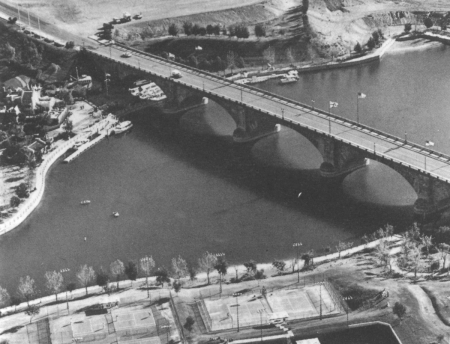
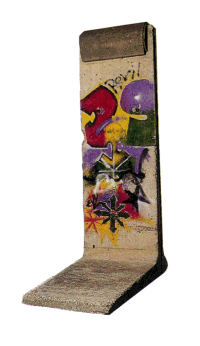
PROTOTYPE
10Not only do artificial worlds and computing technology challenge the interpretation of place and originality within the context of globalization, they suggest that we design differently for a global, reproducible culture. Ever since the proliferation of mechanical reproduction, every day objects and structures have been mass produced. The mass production of buildings and their parts still carries negative connotations in Western culture, perhaps by association with low class housing and fast food mega-chains. Western culture has a nostalgia for history, for the concept of the "original". Could the prototype set the ground for a new concept of originality, by suggesting the possibility of endless ‘originals’, none the same based upon specific siting and programmatic requirement?
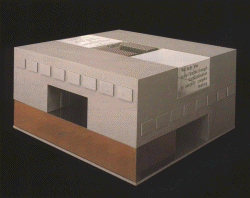 |
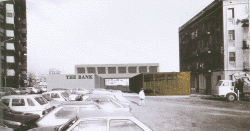 |
11A recent architectural investigation into the nature of place is formulated within Herzog & de Meuron’s Olivetti Bank project.10 In this theoretical project, the problem of a prototypical bank is used to speculate upon the image of a modern banking structure. In the study, a prototype is formed of basic programmatic elements that contribute to an identifiable image of the bank: a bar of gold is associated with electronic banking functions; a bar of lead suggests more permanent and stable areas of the bank. These elements are reconfigured and inserted into the fabric of several different cities in Japan, Germany and other countries. The significance of the Olivetti project lies within the possibility of a potential personalization of the prototype when adapted to a specific site or place; the concept of a flexible prototype which does not carry a proper or preferred combination of parts. The prototype may always be reconfigured while retaining an identifiable image.
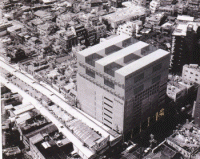 |
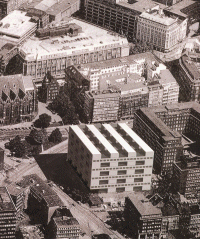 |
12A similar approach to the prototype is followed within a project by G-Tects entitled Residual Urban Site Strategies which was recently exhibited at Store Front for Art and Architecture in New York.11 This project proposes a series of prototypical interventions into thin, "uninhabitable" spaces of the city, in an attempt to utilize various residual sites within Manhattan’s Lower East Side. The architecture of the RUSS prototype is formulated to explore an architecture of surface, in response to our changing perception of space as influenced by contemporary bias to visual stimuli. This visual bias sets the framework for the reconsideration of the measure of architectural space: bodily experience is replaced by the dominance of vision. The marriage of residual site to vision-enabled prototype offers the first potential virtual housing prototype for the city of New York.
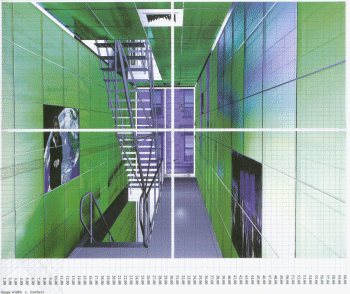
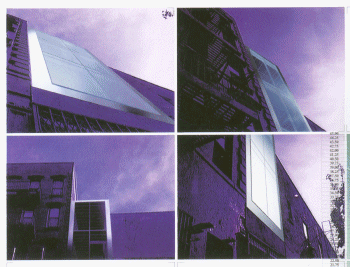
13A Temporary Building in Wall Street challenges the traditional representation of architectural space in relation to an evolving electronic culture.12 Wall Street, the location of the original fortification wall of New Amsterdam (New York), is now the center of electronic exchange. This modern day "center" represents the paradox of our modern cities: A physical place may be defined by an abstraction of virtual meetings. In Delirious New York, Rem Koolhaas describes the history of New York as a transformation from a natural landscape inhabited by Native Americans into that of the Dutch dominated ideal. The superimposition of a man-made grid upon the landscape represented the "Dutch instinct for order" and a fortification wall for New Amsterdam was erected to "keep the Indians out"13 . As Manhattan eventually expanded and transformed according to various circumstance, the boundary or barrier known as Wall Street became a thoroughfare, a channel of communication, a global center of information exchange. Wall Street as we know it today: a place defined by flows of economy, electronics and speed; a place which is at once everywhere and nowhere.
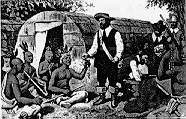
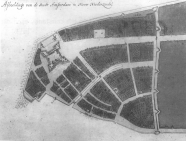
14The project for a Temporary Building in Wall Street builds upon the paradox of the physical and virtual histories of the site by exploring the transformation of the wall as boundary to the wall as a space. History has witnessed the passage of material site to the immaterial, from boundaries which separate to those that join, from the permanent to the temporary. The site of the fortification wall of New Amsterdam, the home of 9 to 5 corporate culture, has been transformed by a proliferation of electronic exchange into a new 24 hour community. The proposal for Wall Street formulates a temporary center for cultural exchange.
15The temporary building for Wall Street is a prototype, a "kit of parts" which inherently suggests the impossibility of an "original". As with the Herzog and de Meuron project, identifiable programmatic elements are suggested which are reconfigured in various ways in response to particular situations and sites. The project involves the construction of a wall which is not a wall: a transparent boundary which frames and reflects the existing site, which transforms to provide temporary spaces within the street scape of the city which are simultaneously inside and outside, public and private.
16A fragmented glass wall is positioned in relation to an existing street facade, acting as both frame and window. New and old are superimposed, reflections of inhabitants and passersby are superimposed. The walls slide upon a scaffold-like structure to accommodate immediate and temporary needs; Rooms open into the street. The street becomes a room within the city, a communal space. The structure multiplies throughout Wall Street, a fragmented wall of transparent panels which recall an image of silicon chips, a billboard and advertisement of commerce and trade superimposed with community events; exhibitions, meetings and social gatherings.
17Identifiable functional elements appear: a small theater, projection walls, offices, meeting rooms, interactive displays, and a cyber-café are inserted into the temporary scaffolding in various configurations.
18The significance of the prototype lies within its inherent ability to adapt to the particulars of site and place, heightening the possibility for individual and cultural expression. The prototypical ability to morph with site and place offers a strategy which goes above the imperialistic imposition of grafting an idealized form or function to a site. As physical space is increasingly redefined by electronic media and globalization increases, the site-specific prototype carries the potential of a new individualism to the masses. Just as the world wide web offers the individual the possibility of personalization and empowerment in a world of increasing homogenization, the transformative properties of the prototype when engaged in the particulars of site lend a new richness to the multiplicity of place. The "original" is reborn within the copy in the electronic age.
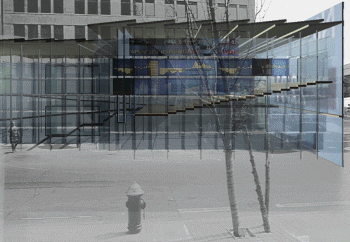
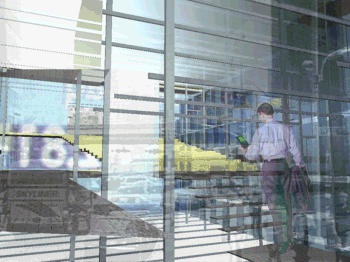
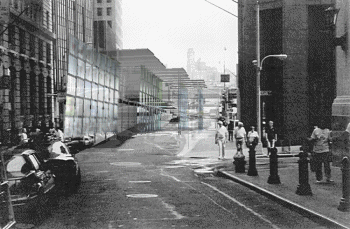
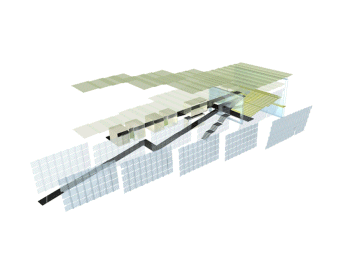
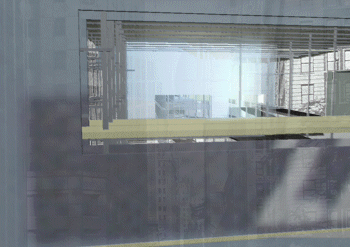
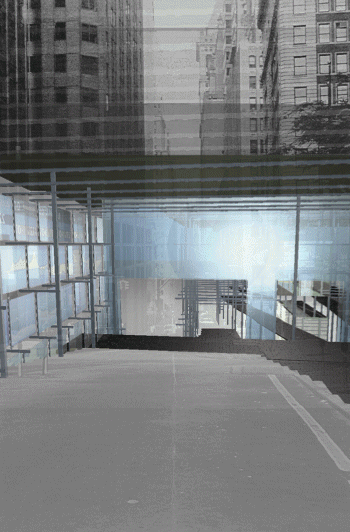
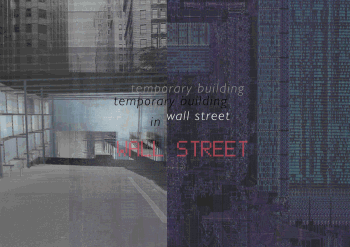
Notes
1 Jocko Weyland, "same same", Metropolis , July/August 1997, (New York: Bellerophon Publications Inc., 1997), p. 106.
2 Lynn Zelevansky, Guillermo Kuitca, (Newport Beach, CA: Newport Harbor Art Museum, 1992).
3 Guillermo Kuitca, Kuitca, (New York: Annina Nosei Gallery, 1991). The author himself discusses his work in Anybody, ed. Cynthia Davidson, (Cambridge: MIT Press, 1997), pp. 132-137.
4 Nancy Burson, Faces, (Houston: Contemporary Arts Museum, 1992).
5 Walter Benjamin, "The Work of Art in the Age of Mechanical Reproduction",Illuminations, (New York: Harcourt, Brace & World, 1968).
6 Kunsthalle Zurich, Sherrie Levine, (Zurich: Kunsthalle, 1991). See also Rosalind Krauss’ insightful essay "The Originality of the Avant-Garde: A Postmodernist Repetition" in Art after Modernism, (New York: The New Museum of Contemporary Art, 1984), pp. 12-29.
7 As compared to the failure of its European counterpart, in a land where history is abundant and "culture" reigns.
8 Jean Baudrillard discusses Disneyland and hyperreality in Simulations, (New York: Semiotext(e), 1983).
9 Rem Koolhaas, Delirious New York, (New York: The Monacelli Press, 1994), p. 240.
10 el croquis, vol. 84 (Madrid: el croquis, 1997), pp. 144-149.
11 Gordon Kipping/ G TECTS, "RUSS: Residual Urban Site Strategies", exhibition pamphlet, (New York: StoreFront for Art and Architecture, 1997).
12 The initial development of the project was inspired by a competition sponsored by the Van Alen Institute of New York.
13 Rem Koolhaas, Delirious New York, (New York: The Monacelli Press, 1994), pp. 13-17.
